This 3D printing design of Alien Xenomorph Escape consists of files in StereoLithography (.Stl) format that is optimized for 3D printing.
Before printing the files, we strongly recommend reading the PRINTING DETAILS section.
WHAT WILL YOU GET AFTER PURCHASE?
- 4 versions of Alien Xenomorph Escape STL files for FFF/FDM, DLP/SLA, DLP/SLA Eco, and SLS — files for all versions are available for download after the purchase;
- STL files of high-poly Alien Xenomorph Escape model for 3D printing consist of 176 files;
- Sizes for:
- FFF/FDM: 340 mm tall, 332 mm wide, 282 mm deep;
- DLP/SLA/SLS: 170 mm tall, 166 mm wide, 141 mm deep;
- Assembly Manual for 1.0 FFF/FDM and 1.0 DLP/SLA versions in PDF and video formats;
- Detailed settings that we provide as a recommendation for Cura, Bambu Studio, Simplify3D, Slic3r and PrusaSlicer for the best print;
- Full technical support from the Gambody Support Team.
Detailed information about these 3D printer STL files is available in the DESCRIPTION section.
ABOUT THIS 3D MODEL
The Xenomorph, an iconic extraterrestrial creature, has fascinated sci-fi fans for years. Known for its terrifying appearance and ruthless nature, the Xenomorph became famous through the popular "Alien" film franchise. It originated in Ridley Scott's 1979 film and has since become a symbol of extraterrestrial horror. The Xenomorph's lifecycle begins with a facehugger, a parasitic creature that attaches to a host and implants a Xenomorph embryo. This leads to the birth of a chestburster, which violently emerges from the host's chest, marking the next stage of development. Once fully grown, the Xenomorph takes on its adult form—a tall, menacing creature with an exoskeleton, elongated head, and a mouth full of sharp teeth. It possesses incredible strength, agility, and acidic blood that can corrode almost anything.
With its keen senses and predatory instincts, the Xenomorph hunts with precision. It can track down and eliminate prey in dark environments, using its second mouth to deliver a fatal strike. The Xenomorph has been encountered in various human-inhabited settings throughout the "Alien" series. It adapts to different environments, perpetuating terror. Beyond the movies, the Xenomorph has inspired literature, video games, and collectibles. Its distinct appearance and menacing presence have made it an iconic figure in sci-fi and horror. No discussion of the Xenomorph would be complete without mentioning two significant figures in its lore: Ellen Ripley and the Alien Queen. These characters have played pivotal roles in the "Alien" franchise, shaping the ongoing battle between humanity and the Xenomorph menace.
ADAPTATION FOR 3D PRINTING
Alien Xenomorph Escape 3D printing design is a static assembly model and its moderation and adaptation for different types of 3D printers took the Gambody team 72 hours in total. The model's anatomy and proportions were thoroughly reviewed during the moderation process.
The model's cutting was chosen by our team to minimise the amount of generated support and some of the parts were hollowed out for you to save resin in the Eco version. In order to conceal the places where the assembly parts of the model are connected, Xenomorph was divided into convenient assembly parts.
All assembly parts in the 1.0 FFF/FDM version are provided in STL files in recommended positions that were worked out in order to ensure the smoothness of the details’ surfaces after printing and that the 3D printing beginners won't face difficulties when placing the parts on a build plate. When downloading any model's file you will also receive "Assembly Manual" for 1.0 FFF/FDM and 1.0 DLP/SLA versions in PDF format. We highly recommend that you get acquainted with the "Assembly Video" and "Assembly Manual" before getting down to Alien Xenomorph Escape STL files.
The 3D print model is saved in STL files, a format supported by most 3D printers. All STL files for 3D printing have been checked in Netfabb and no errors were shown.
The model's scale was calculated from the height of the Alien. The 3D printing design's chosen scales are 1:8 for the FFF/FDM version and 1:16 for the DLP/SLA/SLS versions.
VERSIONS’ SPECIFICATIONS
1.0 FFF/FDM versions features:
- Contains 74 parts;
- A printed model is 340 mm tall, 332 mm wide, 282 mm deep;
- All parts are divided in such a way that you will print them with the smallest number of support structures.
1.0 DLP/SLA versions features:
- Contains 50 parts;
- A printed model is 170 mm tall, 166 wide, 141 mm deep;
- All parts are divided in such a way to fit the build plates and to ensure that support structures are generated where needed.
1.0 DLP/SLA Eco versions features:
- Contains 50 parts;
- A printed model is 170 mm tall, 166 wide, 141 mm deep;
- Some parts are manually hollowed out to save resin.
1.0 SLS versions features:
- Contains 3 parts - a solid Alien Xenomorph Escape model and the camera.
You can get the STL Files of Alien Xenomorph Escape 3D Print Model immediately after the purchase! Just click the green Buy button in the top-right corner of the model’s page. You can pay with PayPal or your credit card.
Watch the tutorial on how to assemble the 3D Printed Alien Xenomorph Escape Model from the provided 3D Print Files on Gambody YouTube channel.
Also, you may like other AvP 3D Printing Designs.
_______
FAQ:
Generic
Below you can find printing recommendations for Cura, Bambu Studio, Simplify3D, Slic3r and PrusaSlicer software.
Disclaimer: The following printing settings are a recommendation, not an obligation. The parameters can vary depending on the peculiarities of your 3D printer, the material you use, and especially the particular assembly part you are working with. Each part that any model comprises often needs preliminary review, and you are free to tweak the settings the way you find suitable.
Note:
You can scale up the model (downscaling for FFF/FDM 3D printers is not recommended!);
All connectors should be printed at 100% Infill.
Bambu Lab printing recommendations:
These basic 3D printing settings recommendations for beginners were tested in Bambu Studio 1.9.1. Test models were printed on the Bambu Lab A1, Bambu Lab A1 Mini, Creality Ender 3 S1, Anycubic Kobra 2, and Anycubic Vyper using PLA and PETG filaments.
To avoid printing problems, we recommend the following settings: download
Cura printing recommendations:
These are averaged settings which were tested in the Cura 5.2.1 slicer. Test models were printed on Anycubic Vyper, Creality Ender 3 Pro with PLA filament.
To avoid printing problems, we recommend the following settings: download
Simplify3D printing recommendations:
These are averaged settings which were tested in the Simplify3D 5.0.0 slicer. Test models were printed on Anycubic Vyper, FLSUN v400, Ender3 S1 with PLA filament.
To avoid printing problems, we recommend the following settings: download
Slic3r printing recommendations:
These basic 3D printing settings recommendations for beginners were tested in Slic3r 1.3.0 software. Test models were printed on Ultimaker 2, Creality Ender 3, Creality Cr-10S pro v2, Anycubic I3 Mega, Anycubic I3 MegaS, Anycubic Vyper with PLA and PetG filaments.
To avoid printing problems, we recommend the following settings: download
PrusaSlicer printing recommendations:
These basic 3D printing settings recommendations for beginners were tested in PrusaSlicer 2.3.1. Test models were printed on Ultimaker 2, Creality Ender 3, Creality Cr-10S pro v2, Anycubic I3 Mega, Anycubic I3 MegaS, Anycubic Vyper with PLA and PETG filaments.
To avoid printing problems, we recommend the following settings: download

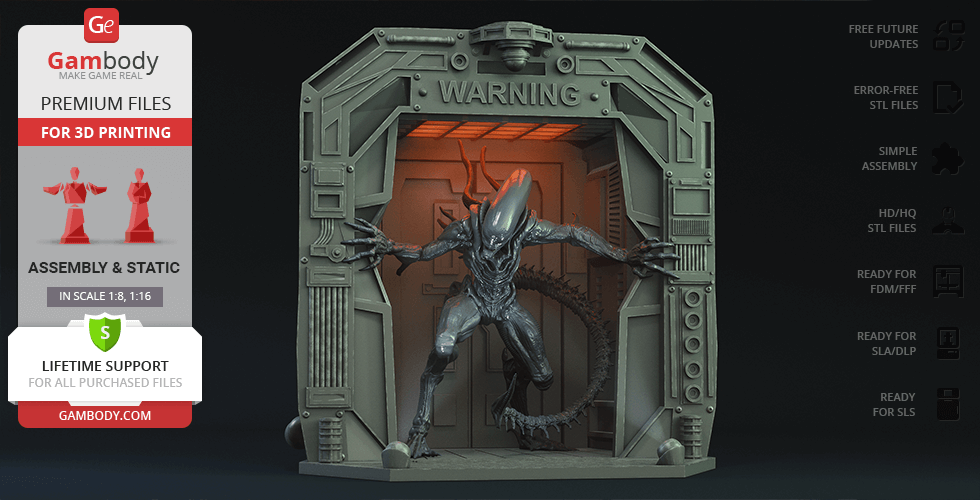
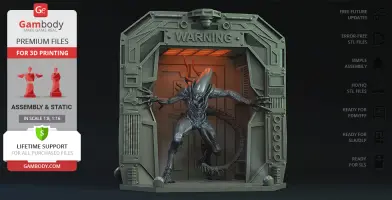
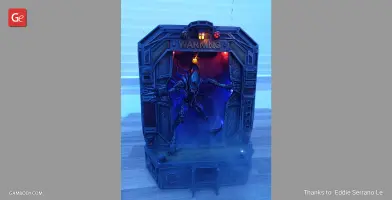
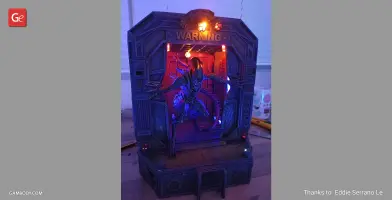
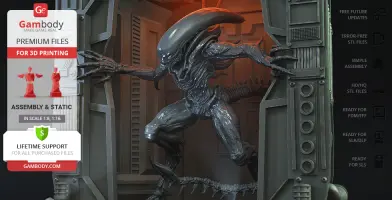
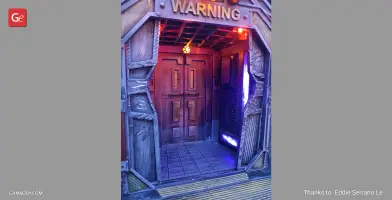
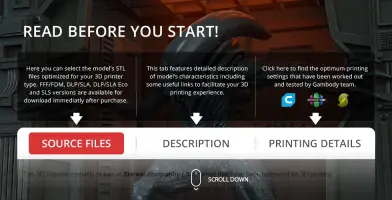
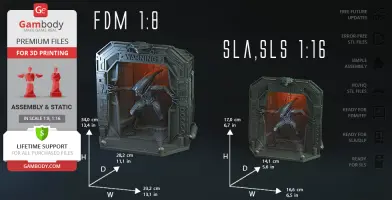
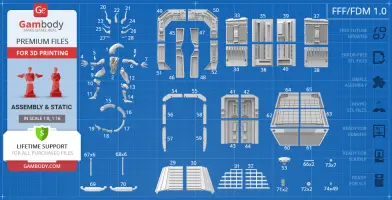
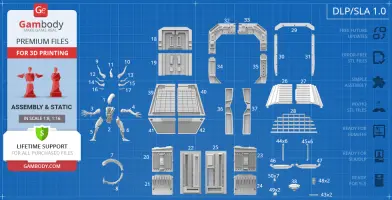
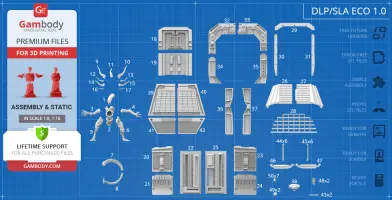
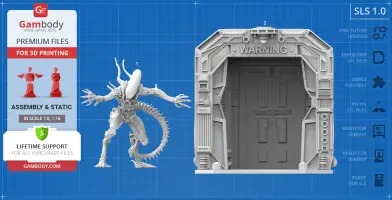
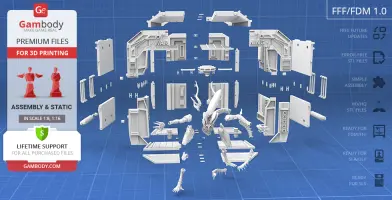
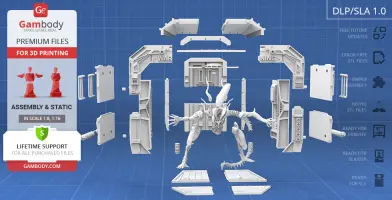
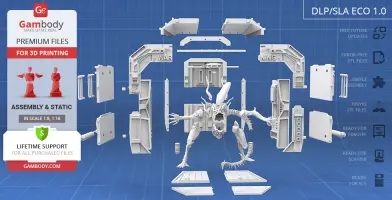
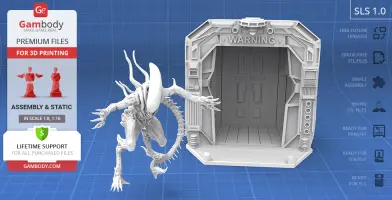
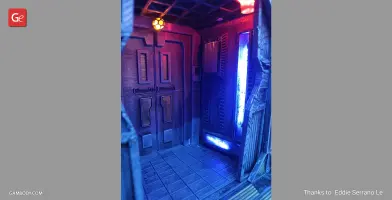
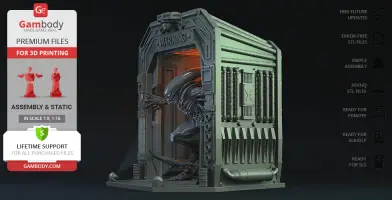
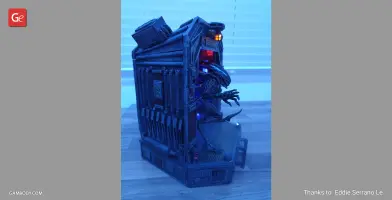
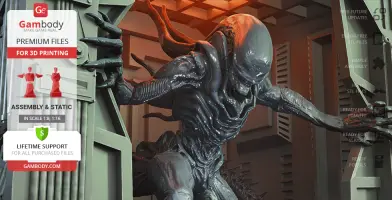
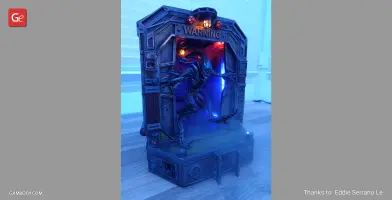
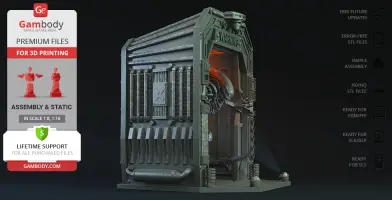
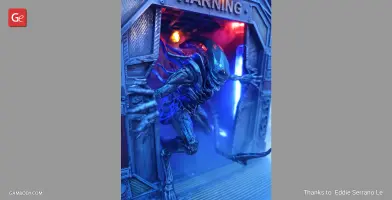
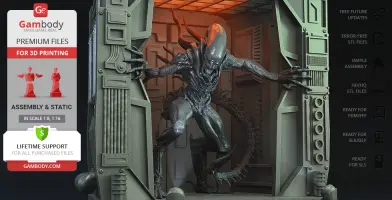
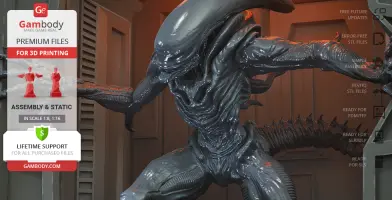
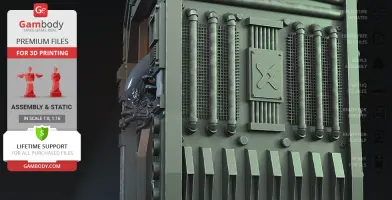
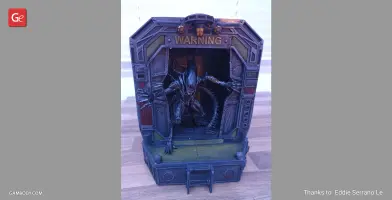
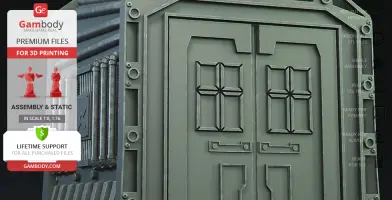
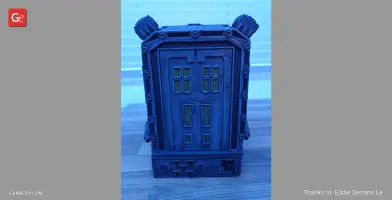
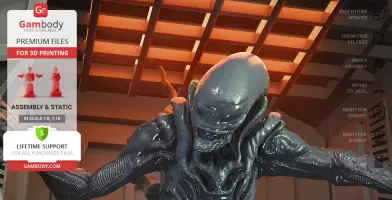
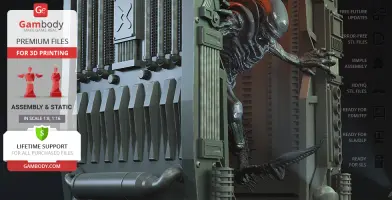
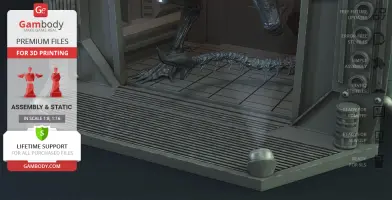
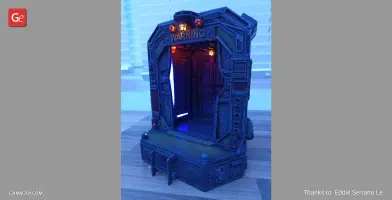
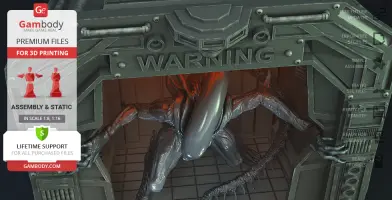
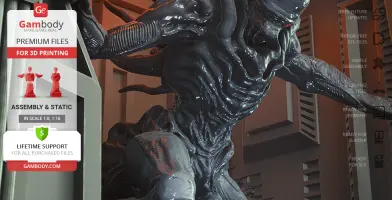
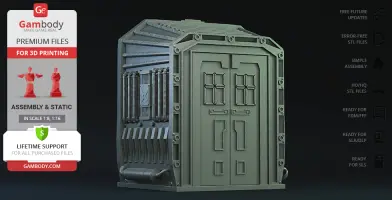
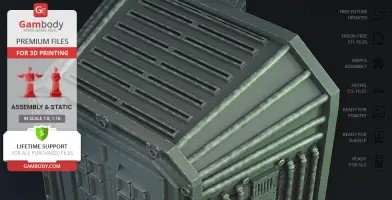
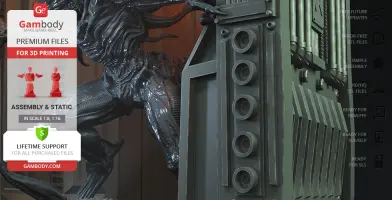
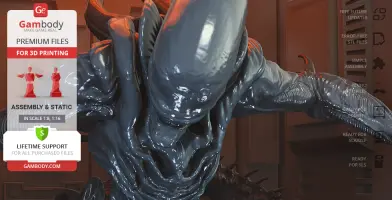
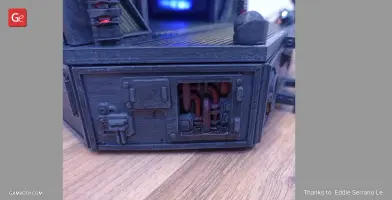
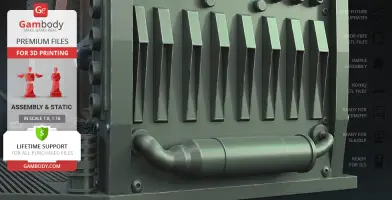
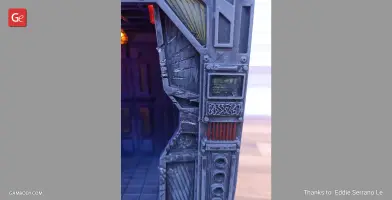
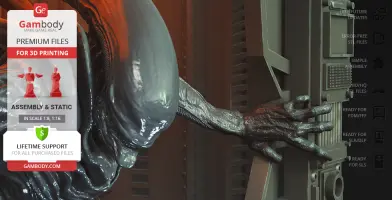
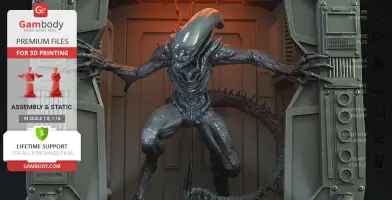
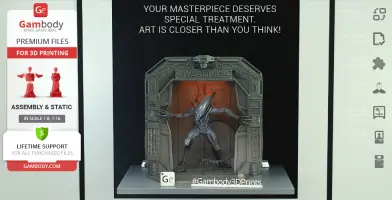
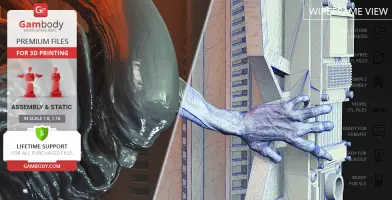
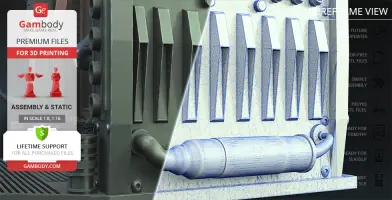
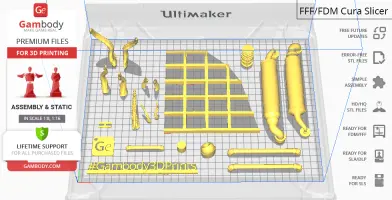
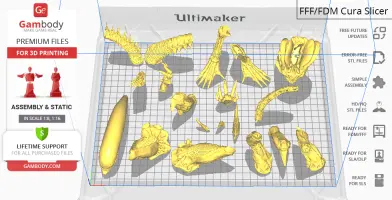



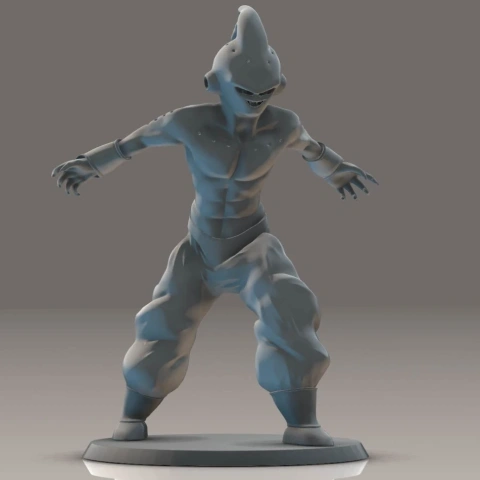
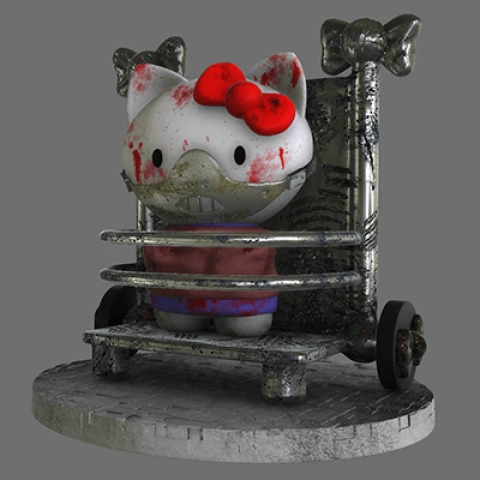

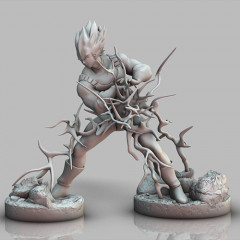
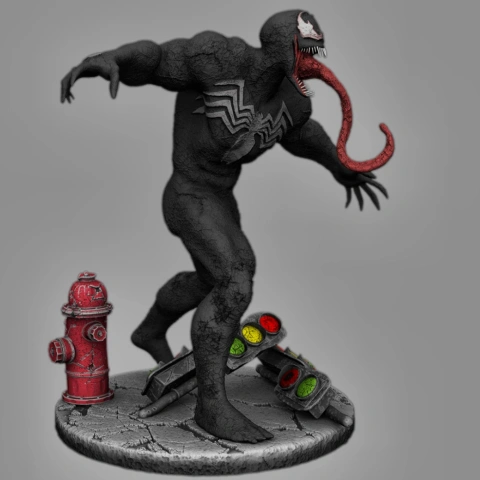
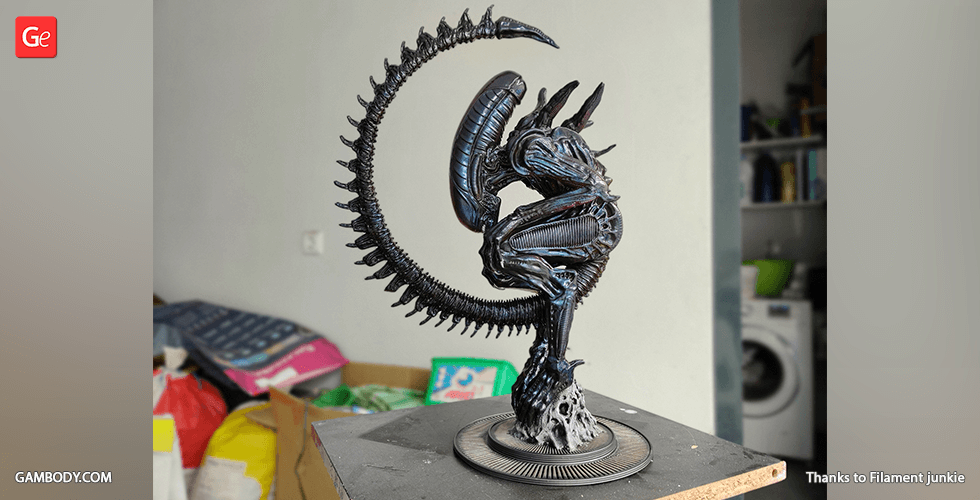
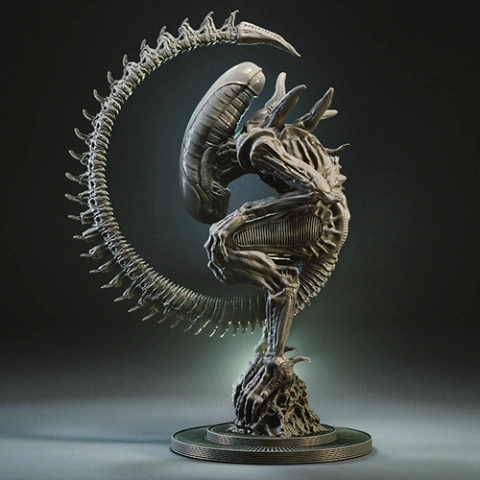
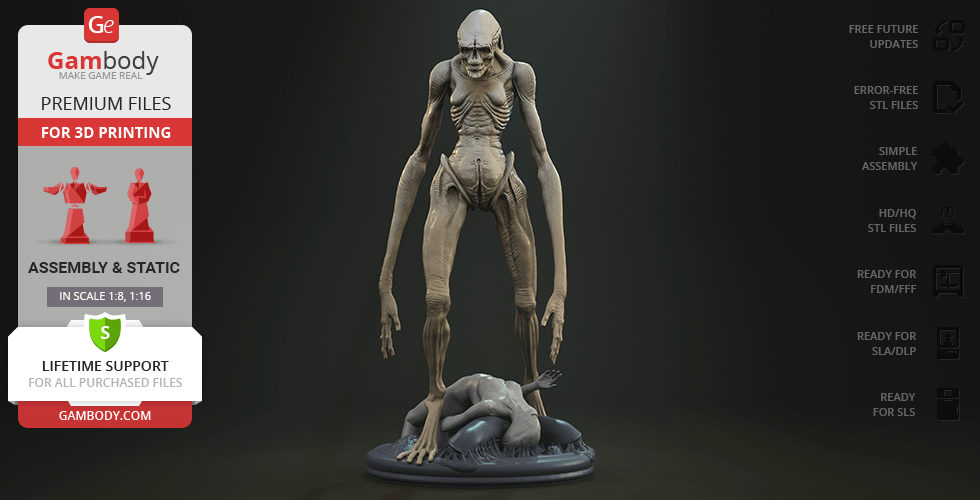
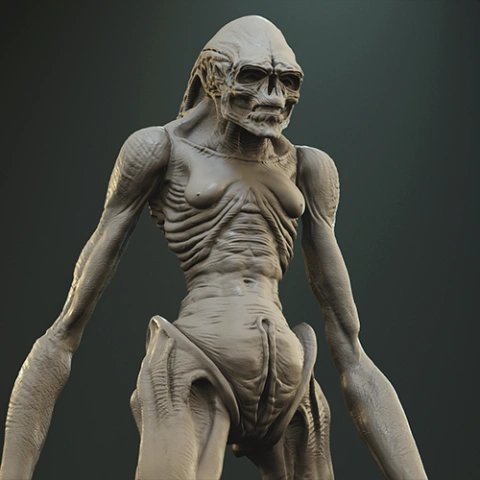
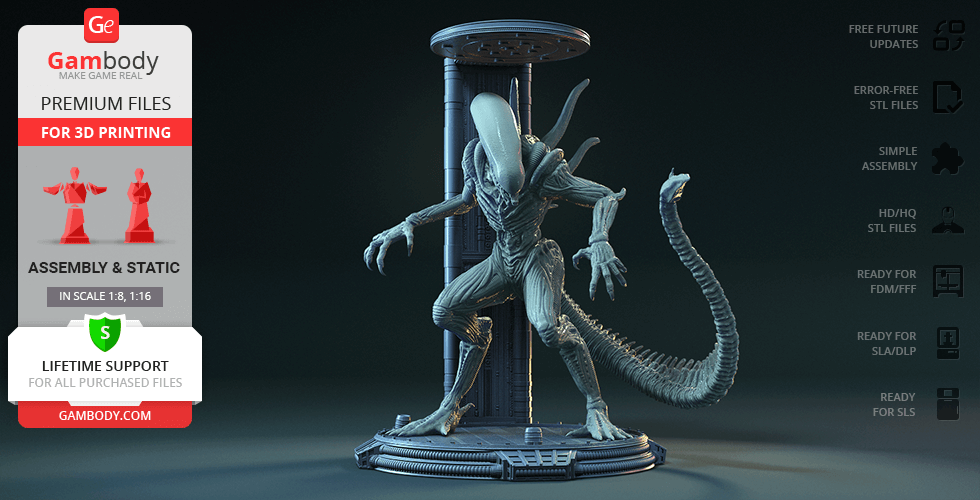
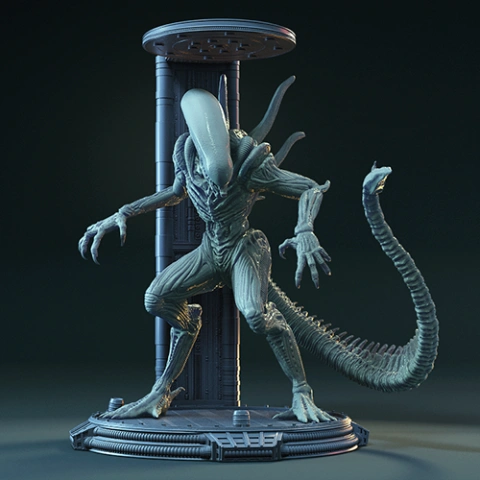
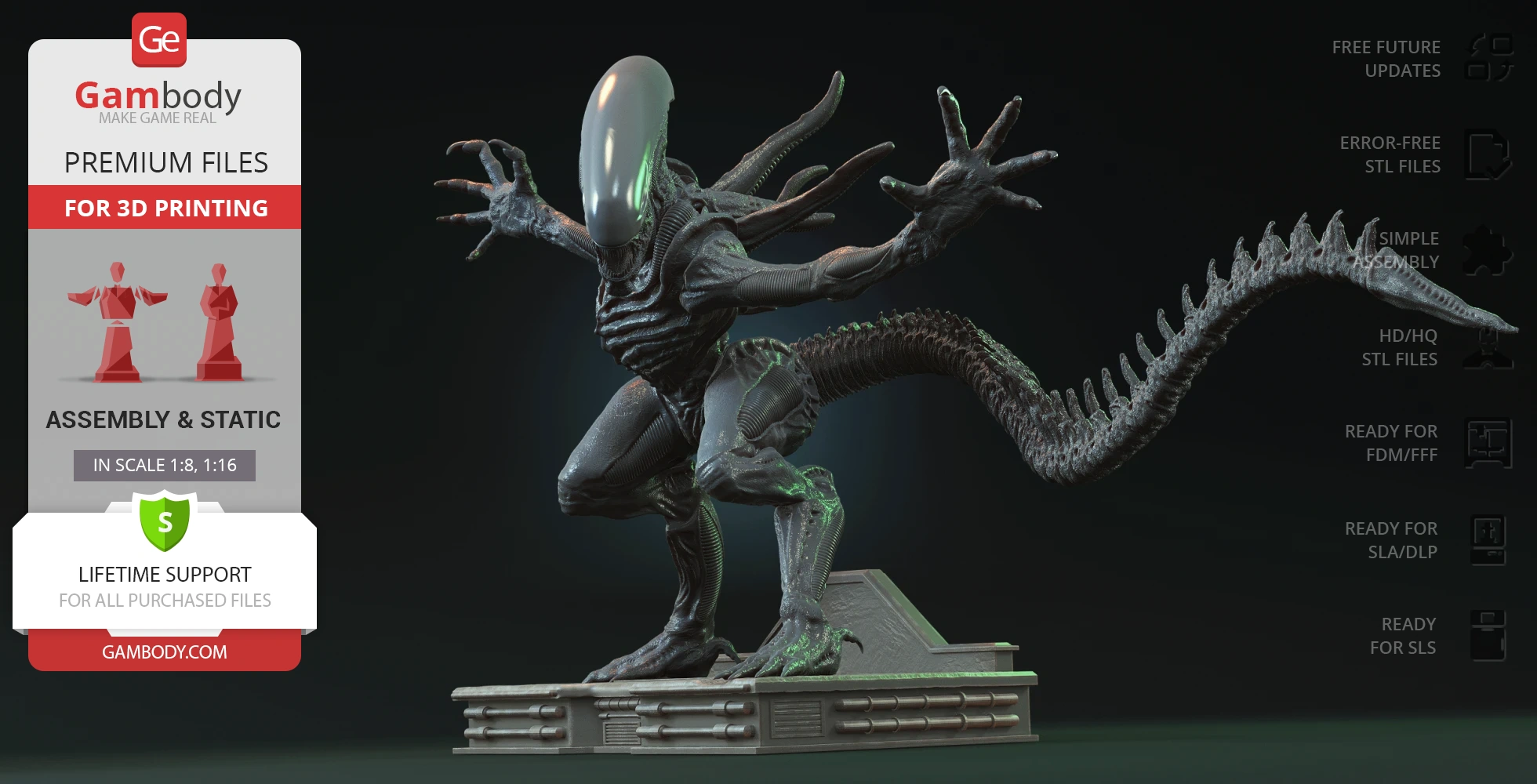
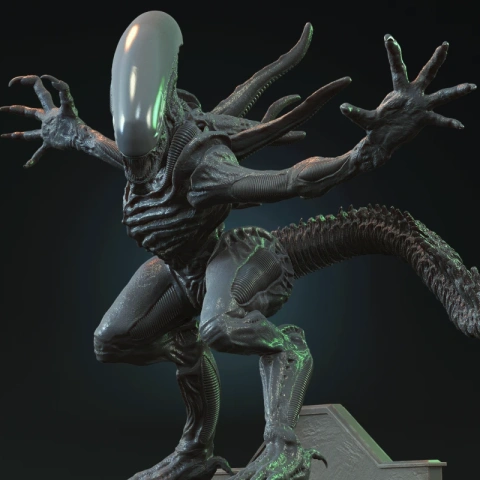
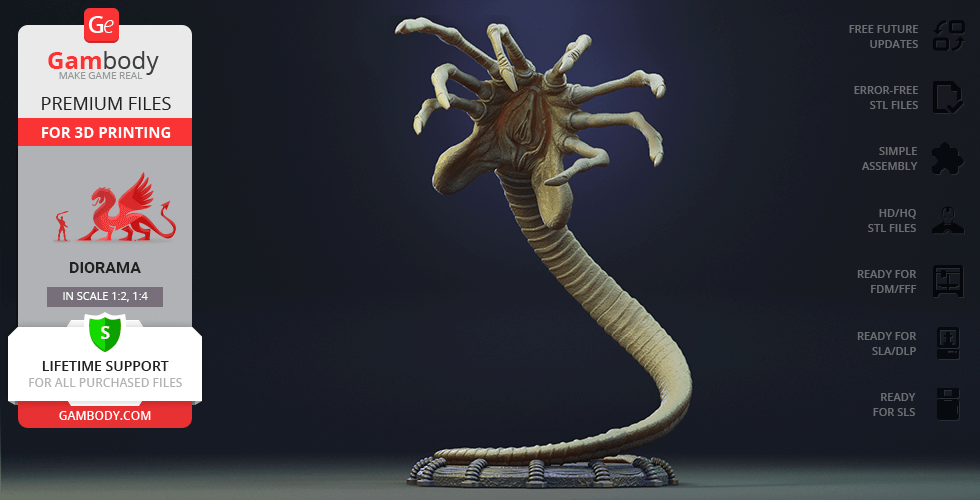
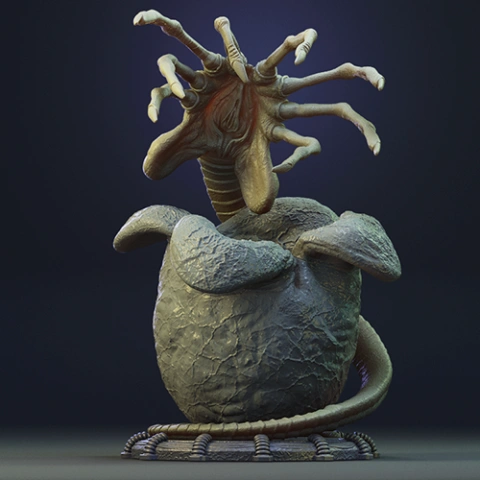
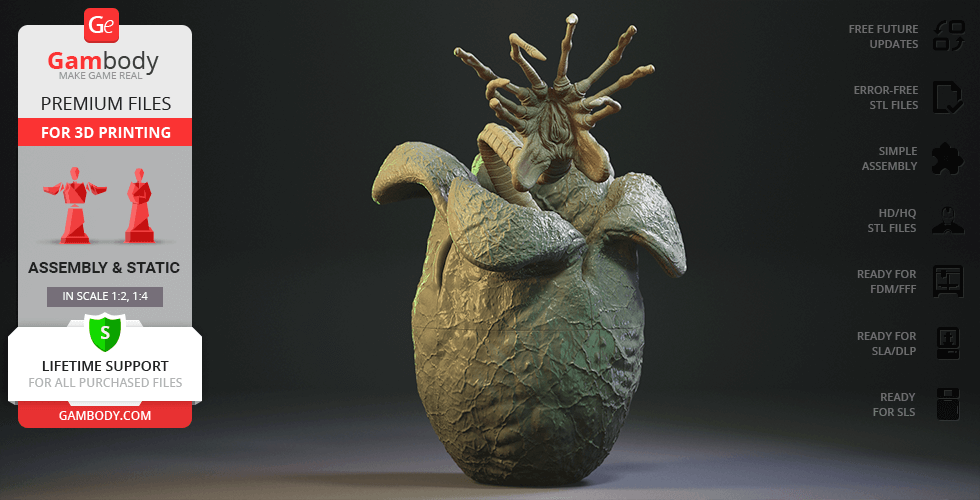
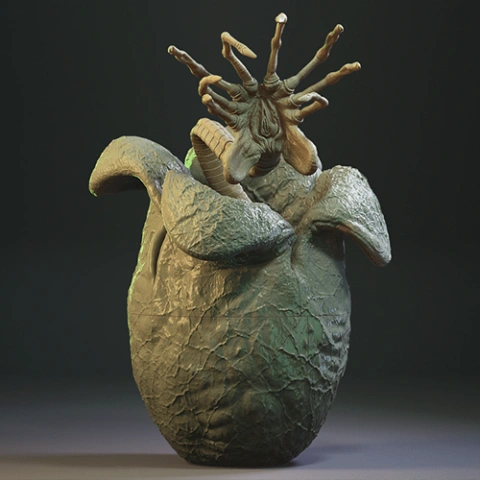
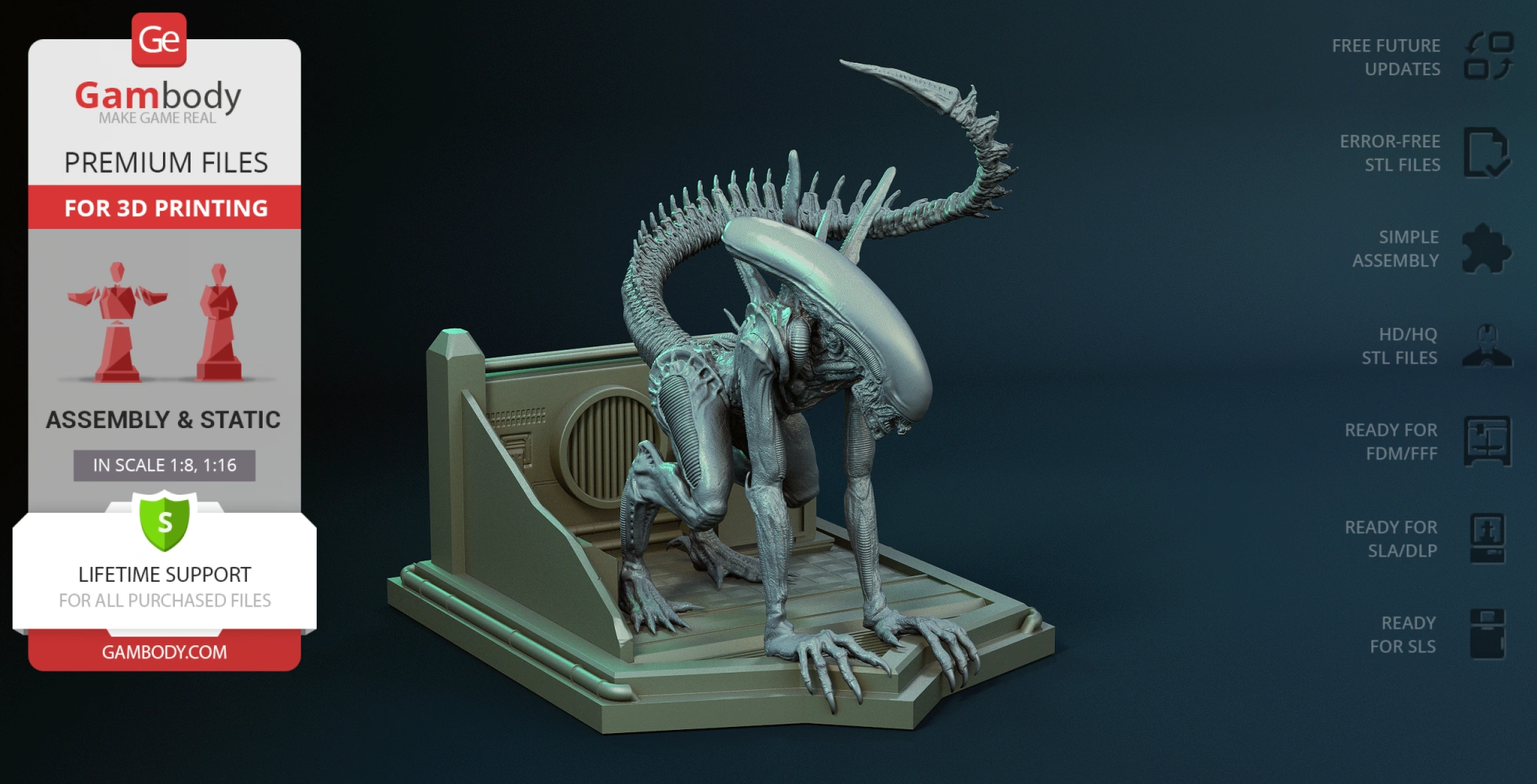
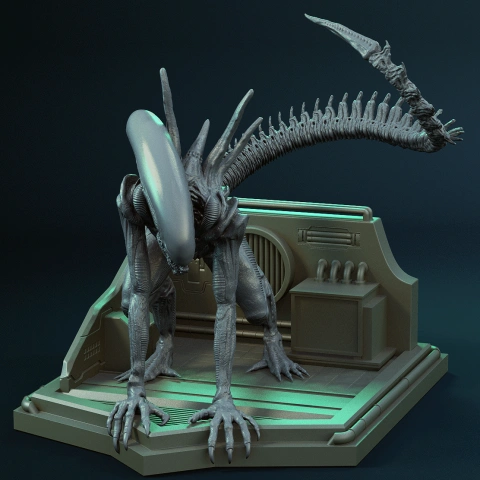
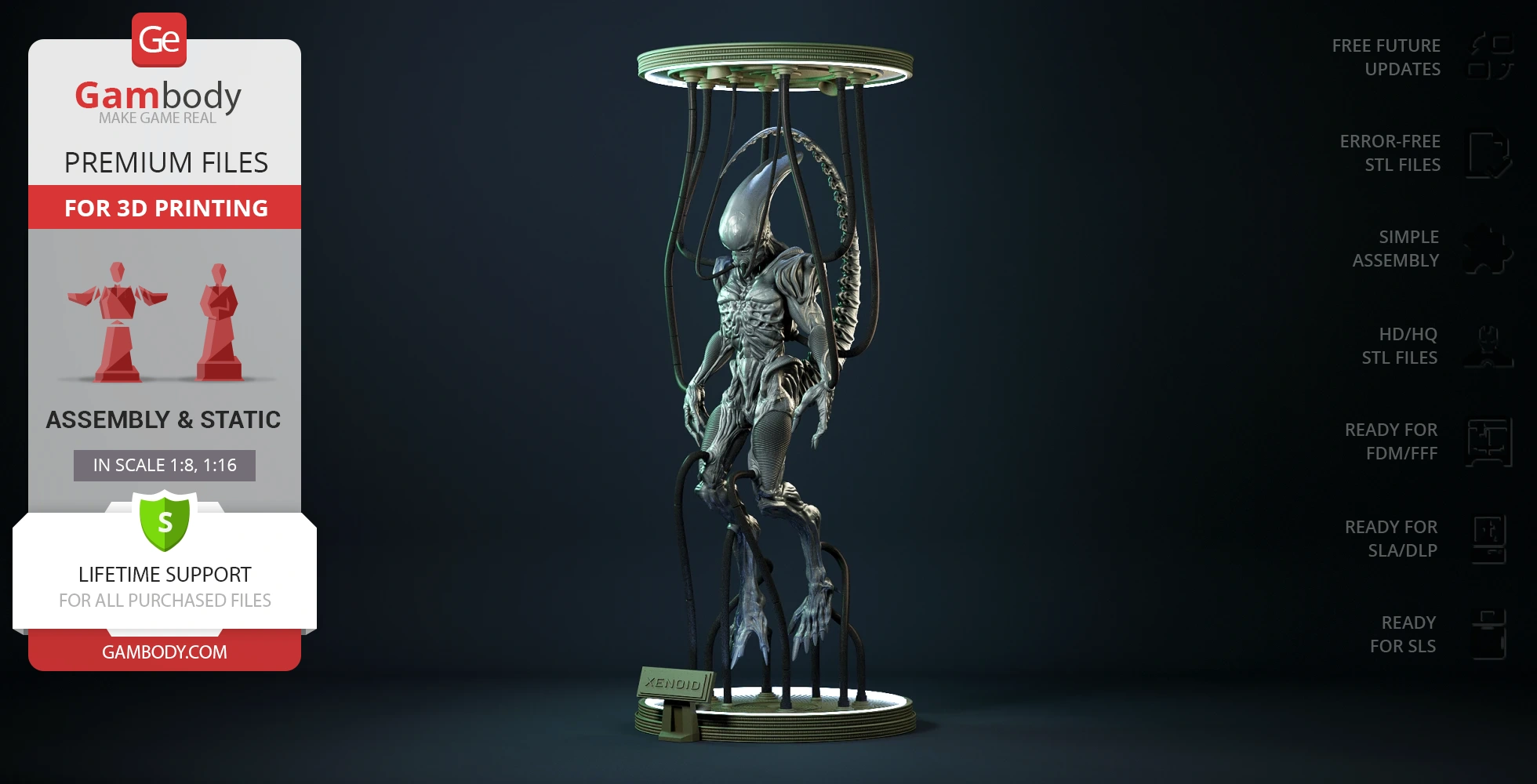
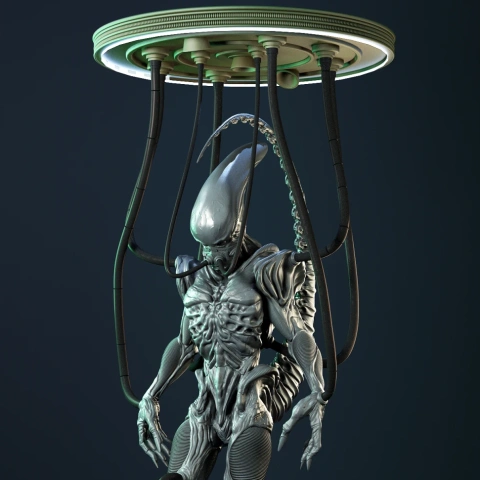
Comments